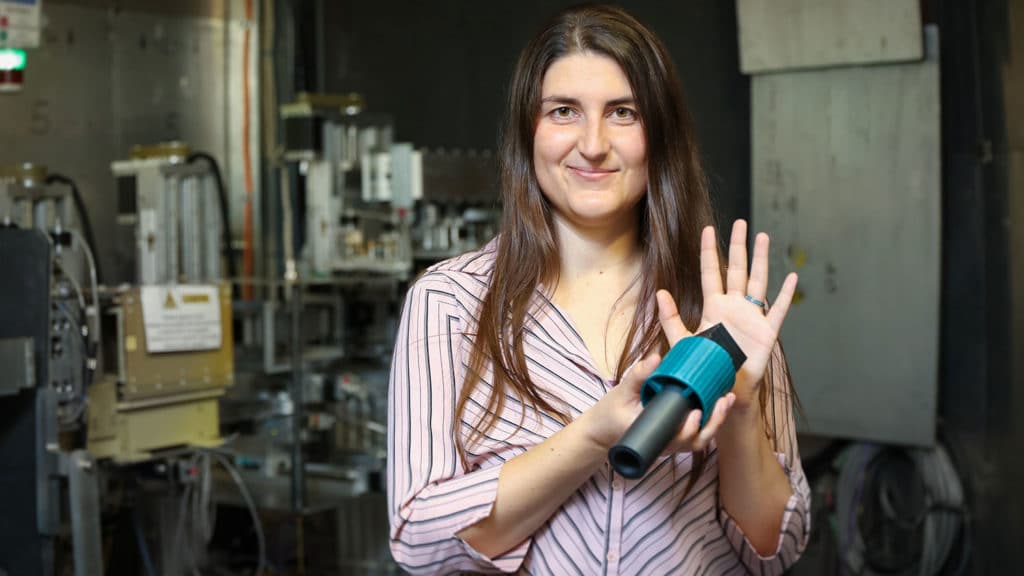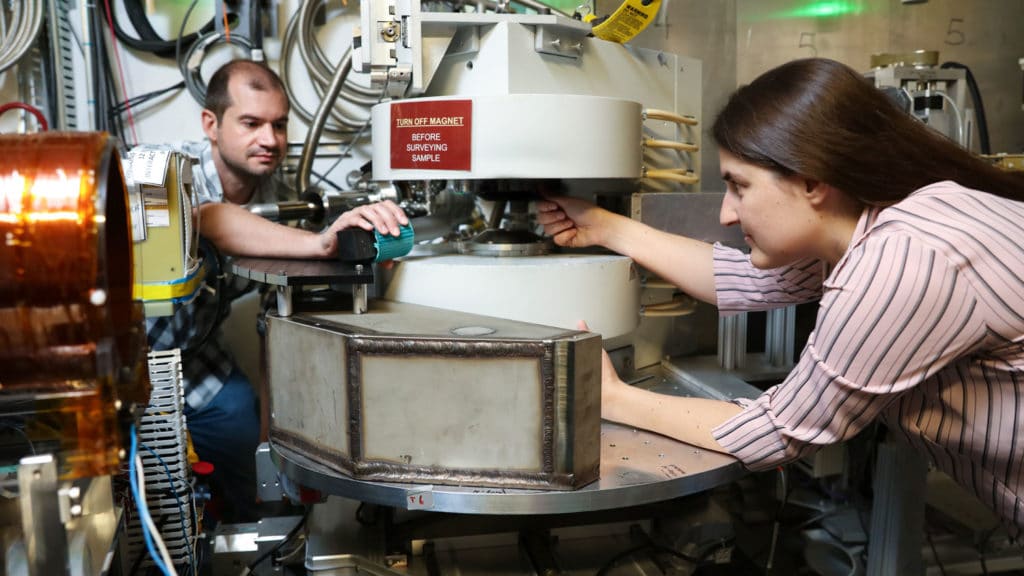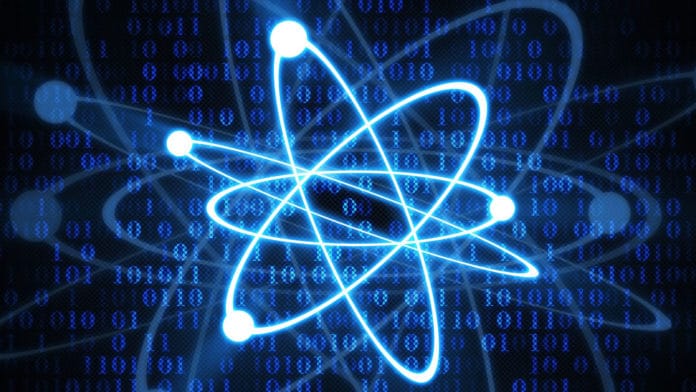The neutron’s lifetime is a significant parameter in Standard Model because it is used as an input for calculating the quark mixing matrix, which describes quark decay rates. If the quarks don’t mix as we expect them to, that hints at new physics beyond the Standard Model.
To solve a long-standing puzzle about how long a neutron can “live” outside an atomic nucleus, physicists entertained a wild but testable theory positing the existence of a right-handed version of our left-handed universe.
They designed an interesting experiment at the Department of Energy’s Oak Ridge National Laboratory to try to detect a particle that has been speculated about but not spotted. If found, the theorized “mirror neutron”- a dark-matter twin to the neutron– could explain a discrepancy between answers from two types of neutron lifetime experiments and provide the first observation of dark matter.
Atom’s nuclei consist of neutrons and protons. These particles can also live outside the nuclei. Last year, using the Los Alamos Neutron Science Center, scientists revealed how long free neutrons live before they decay or turn into protons, electrons, and anti-neutrinos.
The answer — 877.8 seconds, give or take 0.3 seconds, or a little under 15 minutes. That study hinted at a crack in the Standard Model of particle physics.

For measuring the lifetime of the free neutron, scientists designed two approaches: One traps neutrons in a magnetic bottle and counts their disappearance. The other count’s protons appear in a beam as neutrons decay. Neutrons appear to live nine seconds longer in a beam than in a bottle.
ORNL’s Leah Broussard, who led the study, said, “Over the years, perplexed physicists have considered many reasons for the discrepancy. One theory is that the neutron transforms from one state to another. Oscillation is a quantum mechanical phenomenon. If a neutron can exist as either a regular or a mirror neutron, you can get this sort of oscillation, rocking back and forth between the two states, as long as that transition isn’t forbidden.”

The ORNL-led team conducted the first search for neutrons oscillating into dark-matter mirror neutrons by utilizing a cutting-edge disappearance and regeneration method. The Spallation Neutron Source, a DOE Office of Science user facility, produced the neutrons. A neutron beam was directed to the magnetic reflectometer at SNS. The instrument was utilized by Michael Fitzsimmons, a physicist who holds joint appointments at ORNL and the University of Tennessee, Knoxville, to strengthen oscillations between neutron states. Then, the beam came into contact with a “wall” of boron carbide, a potent neutron absorber.
If the neutron does fluctuate between the regular and mirror modes, it will interact with atomic nuclei when it strikes the wall and be absorbed into it. But the dark matter will not interact if it is in its hypothesized mirror neutron configuration.
So only mirror neutrons would make it through the wall to the other side. It would be as if the neutrons had gone through a “portal” to some dark sector — a figurative concept used in the physics community. Yet, the press reporting on past related work had fun taking liberties with the idea, comparing the theorized mirror universe Broussard’s team is exploring to the “Upside Down” alternate reality in the TV series “Stranger Things.” The team’s experiments were not exploring a literal portal to a parallel universe.
Co-author Yuri Kamyshkov, a UT physicist who with colleagues has long pursued the ideas of neutron oscillations and mirror neutrons, said, “The dynamics are the same on the other side of the wall, where we try to induce what are presumably mirror neutrons — the dark-matter twin state — to turn back into regular neutrons. If we see regenerated neutrons, that could signal that we’ve seen something exotic. The discovery of the particle nature of dark matter would have tremendous implications.”
Broussard said, “The conclusion: No evidence of neutron regeneration was seen. One hundred percent of the neutrons stopped; zero percent passed through the wall. Regardless, the result is still important to advancing knowledge in this field.”
“With one particular mirror-matter theory debunked, the scientists turn to others to try to solve the neutron lifetime puzzle. We’re going to keep looking for the reason for the discrepancy. Ongoing upgrades at HFIR will make more sensitive searches possible because the reactor will produce a much higher flux of neutrons, and the shielded detector at its small-angle neutron scattering diffractometer has a lower background.”
Because the rigorous experiment did not find evidence of mirror neurons, the physicists could rule out a far-fetched theory. And that takes them closer to solving the puzzle.
Journal Reference:
- L. J. Broussard, J. L. Barrow, et al. Experimental Search for Neutron to Mirror Neutron Oscillations as an Explanation of the Neutron Lifetime Anomaly. DOI: 10.1103/PhysRevLett.128.212503
